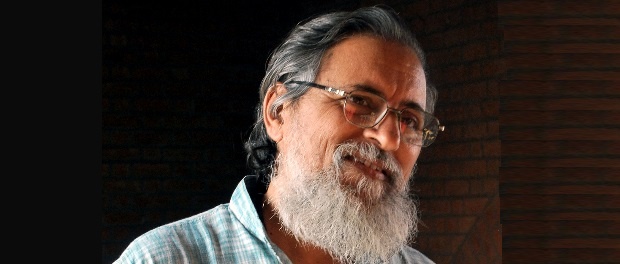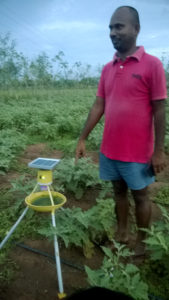Prof. Anil K. Gupta has spent the last three decades in discovering hundreds of local knowledge and innovations that could solve most of not only India’s but global problems in a sustainable way. Excerpts of his chat with Benedict Paramanand on the sidelines of the Bangalore Business Literature Festival held at IIM Bangalore on September 17, 2016
Myth that Indians cannot work together
The Honeybee Network has so far filed 800 patents but has spent only a negligible amount in doing so. How? This is the story of how lawyers and scientists offered their services for free because they believed in the larger cause of enabling India’s grassroots innovation as a viable proposition.
Says Dr. Gupta: “We spent only Rs. 15,000 on filing each patent. Lawyers usually charge Rs.Two lakhs. This is a paradigm shift. Lawyers believe that intellectual property can reside with common people as well, not just with big corporations. Even scientists who are working with us are not charging for their time. They do almost 200 validations a year. The scientists are both from public and private labs.”
Dr. Gupta says the success of the Honey Bee Network (HBN) has burst the myth that Indians cannot work for collective goals. He says: “We have perpetuated this myth to legitimize our self-seeking behavior.”
This is a brilliant example of how natural, social, ethical and intellectual capital can be converted to financial capital.
Techpedia.sristi.org
This portal has Information about 190,000 engineering projects, from 600 institutions and 5,000 students. The irony is : “This country has never tracked them. If you did, you will get to see how our young minds are trying to solve their problem. SMEs can look at it to solve some of their problems.”
Dr. Gupta says nearly 15% of these projects can fly in the market.
Some examples
- It’s surprising that cars don’t have a spot on the axel where jacks can be fitted so that repairs can happen easily. Three students made a bracket that works and now this can be used for repairing cars easily. No big car company has come up with such a solution.
- Refrigerators produce heat even up to 70 degrees. No manufacturer has come up with an option to capture this heat. One engineer has used a system to capture this heat to warm food.
- At Jawaharlal Nehru University of Advanced Research in IISC campus we gave an award to a student this year for this project. The student found that cancerous cells have more sodium ions and normal cells have more potassium ions. When light is passed through cells cancerous cells with high sodium light up while when it passes through normal cells it does not light up. Using this heuristic, a student could detect breast cancer at an early stage.
“All these innovations are not ‘jugaad’. Jugaad is a make-shift function.”
‘India is a country of prototypes’
Through HBN, the above projects are published and put out in public domain. “We publish but unfortunately we are not able to convert them into a product. So, some of the students go abroad and get it into a product but no-one will know that the idea emanated from an Indian and
in India.”
“More MNCs have come to us in the last three years to take some of our innovations to market; Indian companies hardly come to us. Indian companies have no hunger
for innovation.”
“We talk of open innovation today, how many Indian companies are willing to acknowledge innovations with proper agreements, intellectual properties of people?”
Dr. Gupta wants India to offer attractive fiscal and financial support mechanism to support local manufacturers for adapting local innovations to local conditions. India is what it is not for lack of credible ideas, but lack of hunger among manufacturers.”
The good news is that current central government has come out with a plan to generate 10 lakh ideas each year from schools. Two ideas from each school will be picked up for exploration.
This new program did away with the old science model projects where most students used to purchase a model in the market and claim it as their own. Governments used to spend some `200 crore on this. The same money can now be spent more purposefully.











